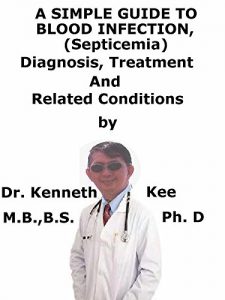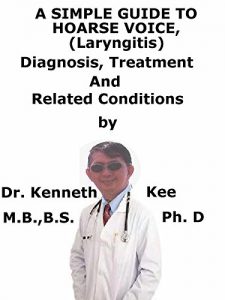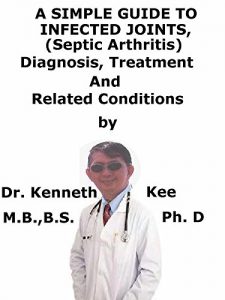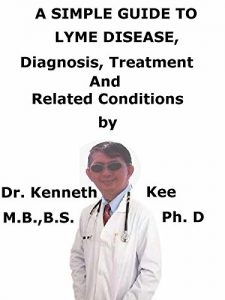My name is Heart Man the cardiac muscle cell.
I was named Heart Man by my friends who feel that my work in the heart deserves that name.
I was born in the body from a stem cell during the development of the embryo.
We heart muscle cells derive from paraxial mesoderm which is divided into somites:
1. sclerotome (which forms vertebrae),
2. dermatome (which forms skin), and
3. myotome (which forms muscle).
Each of us is derived from the myotome.
During development, myoblasts (the muscle progenitor cells) either remain in the somite to form muscles associated with the vertebral column or migrate out into the body to form all other muscles.
The myoblasts migrate to the heart to form myocardial cells.
We heart cells contain myofibrils which are long chains of sarcomeres the contractile units of muscle cells.
The arrangement of actin and myosin is similar to skeletal striated muscle.
We muscle cells also show striations similar to those on skeletal muscle cells
Most of us are Y shaped and are shorter and wider than skeletal muscle cells.
The branching of the our cells help us to communicate with our fellow heart cells easily
We are predominantly mononucleated (contain one nucleus).
Unlike multinucleated skeletal cells, we only have only one or two nuclei.
Rarely, we have three or four nuclei.
We also have a high mitochondrial density which allows us to produce ATP quickly making us highly resistant to fatigue.
There are two types of cells within the heart:
1. Myocardiocytes
2. Cardiac pacemaker cells.
We myocardiocytes make up the atria (the upper chamber in which blood enters the heart) and ventricles (where blood is pumped out of the heart) of the heart.
We are able to shorten and lengthen our muscle fibers.
The fibers must be flexible enough to stretch.
These functions are critical to so that the heart can stretch during the pumping of the heart.
We cardiac muscles contract automatically to squeeze the walls of the heart inward.
Do you know that the heart beats nonstop about 100,000 times every day?
It is all due to the action of us the heart cells.
We are self-contracting muscle, autonomically regulated by our pacemaker cells and will continue to contract in rhythmic fashion for the whole life of our human host.
We heart muscles are supplied by nerves but the nervous system merely helps regulate the speed and strength of its contractions.
For example if our human host is nervous, the brain will send messages to us the heart cells to beat faster.
One fallacy is that the heart is the center for love.
Love actually begins in the brain which then transmits to us heart cells to beat faster when our human host meets another human of a different sex whom he loves.
We heart cells are not the love cells.
The brain cells are the center for love.
We cardiac cells contain vimentin and desmin.
Vimentin is a cytoskeletal component in mesenchymal cells that is responsible for maintaining cell integrity holding the organelles in the cytosol.
It is also help the flexibility to the cell and keeps them from being too delicate.
The exact nature of desmin is not known although it is believed to link the myofibrils laterally by connecting the Z-disks.
Desmin is more readily available during early growth of our cardiac cells whereas vimentin predominates in later stages.
My co-worker Pacer Cell (the heart pacemaker cell) carries the impulses that are responsible for the beating of the heart.
Pacer cells are distributed throughout the heart and are responsible for several functions.
They are able to spontaneously generate and send out electrical impulses.
They also receive and respond to electrical impulses from the brain.
They are also able to transfer electrical impulses from cell to cell.
TABLE OF CONTENT
Chapter 1 Story of Heart Man
Chapter 2 Life Cycle of Heart Muscle Cell
Chapter 3 Formation of a Heart Muscle Cell
Chapter 4 Death of a Heart Muscle Cell
Chapter 5 Heart Attack
I was named Heart Man by my friends who feel that my work in the heart deserves that name.
I was born in the body from a stem cell during the development of the embryo.
We heart muscle cells derive from paraxial mesoderm which is divided into somites:
1. sclerotome (which forms vertebrae),
2. dermatome (which forms skin), and
3. myotome (which forms muscle).
Each of us is derived from the myotome.
During development, myoblasts (the muscle progenitor cells) either remain in the somite to form muscles associated with the vertebral column or migrate out into the body to form all other muscles.
The myoblasts migrate to the heart to form myocardial cells.
We heart cells contain myofibrils which are long chains of sarcomeres the contractile units of muscle cells.
The arrangement of actin and myosin is similar to skeletal striated muscle.
We muscle cells also show striations similar to those on skeletal muscle cells
Most of us are Y shaped and are shorter and wider than skeletal muscle cells.
The branching of the our cells help us to communicate with our fellow heart cells easily
We are predominantly mononucleated (contain one nucleus).
Unlike multinucleated skeletal cells, we only have only one or two nuclei.
Rarely, we have three or four nuclei.
We also have a high mitochondrial density which allows us to produce ATP quickly making us highly resistant to fatigue.
There are two types of cells within the heart:
1. Myocardiocytes
2. Cardiac pacemaker cells.
We myocardiocytes make up the atria (the upper chamber in which blood enters the heart) and ventricles (where blood is pumped out of the heart) of the heart.
We are able to shorten and lengthen our muscle fibers.
The fibers must be flexible enough to stretch.
These functions are critical to so that the heart can stretch during the pumping of the heart.
We cardiac muscles contract automatically to squeeze the walls of the heart inward.
Do you know that the heart beats nonstop about 100,000 times every day?
It is all due to the action of us the heart cells.
We are self-contracting muscle, autonomically regulated by our pacemaker cells and will continue to contract in rhythmic fashion for the whole life of our human host.
We heart muscles are supplied by nerves but the nervous system merely helps regulate the speed and strength of its contractions.
For example if our human host is nervous, the brain will send messages to us the heart cells to beat faster.
One fallacy is that the heart is the center for love.
Love actually begins in the brain which then transmits to us heart cells to beat faster when our human host meets another human of a different sex whom he loves.
We heart cells are not the love cells.
The brain cells are the center for love.
We cardiac cells contain vimentin and desmin.
Vimentin is a cytoskeletal component in mesenchymal cells that is responsible for maintaining cell integrity holding the organelles in the cytosol.
It is also help the flexibility to the cell and keeps them from being too delicate.
The exact nature of desmin is not known although it is believed to link the myofibrils laterally by connecting the Z-disks.
Desmin is more readily available during early growth of our cardiac cells whereas vimentin predominates in later stages.
My co-worker Pacer Cell (the heart pacemaker cell) carries the impulses that are responsible for the beating of the heart.
Pacer cells are distributed throughout the heart and are responsible for several functions.
They are able to spontaneously generate and send out electrical impulses.
They also receive and respond to electrical impulses from the brain.
They are also able to transfer electrical impulses from cell to cell.
TABLE OF CONTENT
Chapter 1 Story of Heart Man
Chapter 2 Life Cycle of Heart Muscle Cell
Chapter 3 Formation of a Heart Muscle Cell
Chapter 4 Death of a Heart Muscle Cell
Chapter 5 Heart Attack












